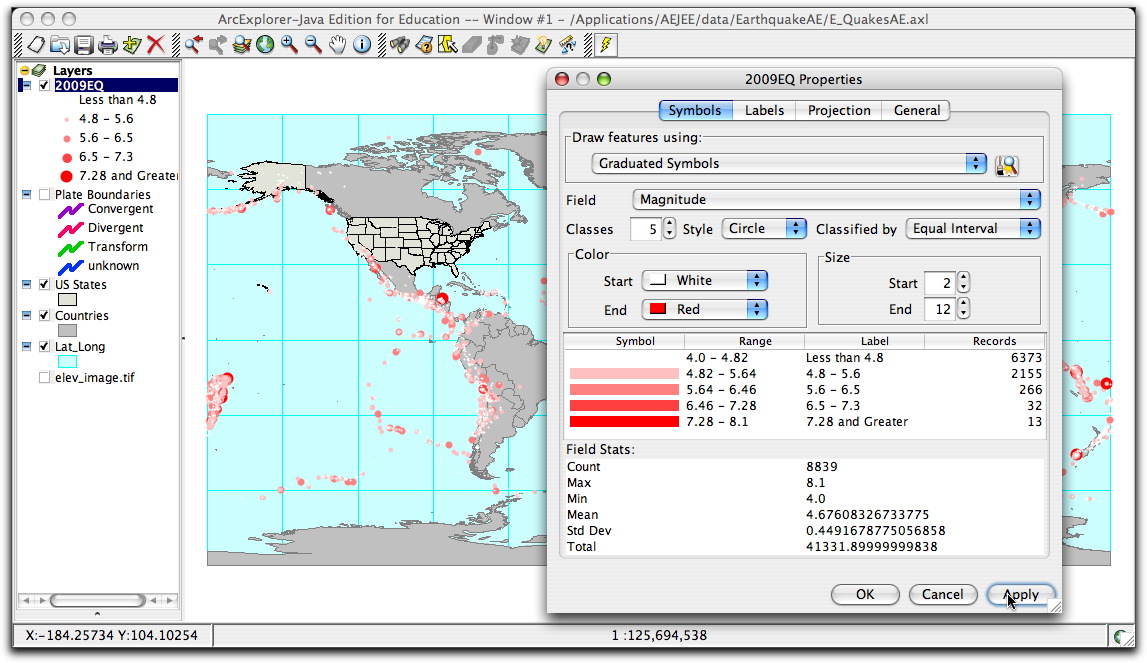Equal Interval System

Johnny Castaway Screensaver Windows 7 64 Bit Download - Software 2016. I decided to undertake EIS, even though I only do music in my spare time these days and thus it will take me forever to get to the end of the course. My question is how much time should I spend with books 1 and 2? I'm going to take some private lessons over the phone with an EIS grad, but I want to do some of the preliminary work on my own first. Since I already have a solid music education and worked professionally as a composer, I'm pretty much feeling that books 1 and 2 are just prelim and explanation of things I already know from another point of view. I guess I could phrase the question this way. What would be a good test for me to know if I've grasped all the concepts FROM THE EIS standpoint in books 1 and 2 before moving on.
IRQL_NOT_LESS_OR_EQUAL (a) An attempt was made to access a pageable (or completely invalid) address at an interrupt request level (IRQL) that is too high.
Here is a repost from an earlier topic regarding EIS: There doesn't seem to be an easy way to explain EIS unless you are in the course because without some key basics it seems mysterious. EIS is Equal Interval System, developed by Lyle 'Spud' Murphy, which is a simple yet very accurate system of counting and spacing the horizontal and vertical intervals used in modern music, yet remaining architectually correct compositionally when examined using more traditional forms. It doesn't teach style but a method to arrive at virtually all styles of music. The course begins with a series of Horizontal Root Lines which are based on Equal Intervals where every Root Tone is a Tonic. As students go through the course they embark upon Advanced Theory in a complete Equal Interval System which involves all intervals, vertical as well as horizontal, in all possible combinations.